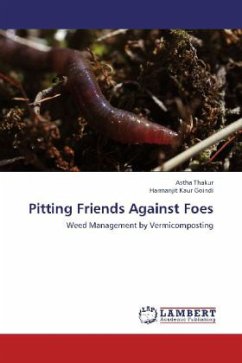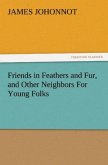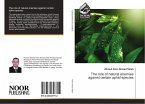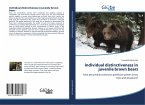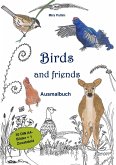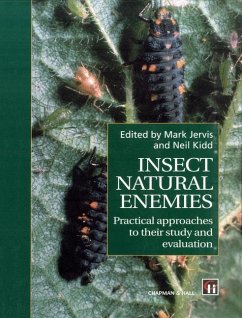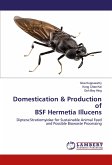The threatened Asiatic black bear (Ursus thibetanus) and brown bear (Ursus arctos) are considered nuisances in Japan because of agricultural and property damage as well as occasional human casualties. Sixty four articles from the research and gray literature both in Japan (26) and North America (38) which discuss the human dimensions of bear management were reviewed. A cross-cultural comparison showed that significantly more Japanese thought bears should be extirpated than US respondents. Most Japanese and North American researchers emphasized the importance of education for residents and visitors to reduce human-bear conflicts. This study found that damage by bears can be contributing to the negative attitudes toward these animals in Japan, and therefore wildlife managers and governments need to focus on reducing these damages. Also, effective educational programs need to be conducted for residents so that they can acquire accurate information and skills to prevent bear conflicts. This book should be especially useful to professionals and researchers in the field of wildlife management, or anyone else who is interested in wildlife or human-wildlife interactions.
Bitte wählen Sie Ihr Anliegen aus.
Rechnungen
Retourenschein anfordern
Bestellstatus
Storno


